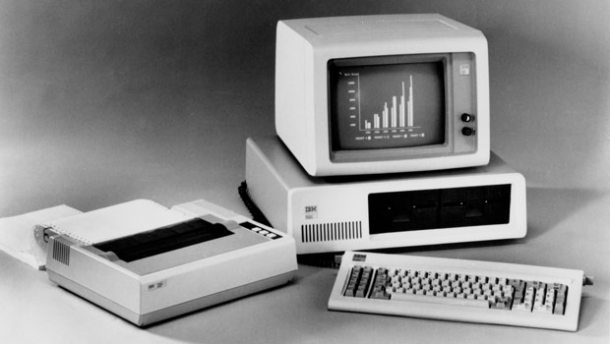The IBM PC: legends from the dawn of time

Thirty years ago, IBM launched its model 5150 computer - far more widely known as the IBM PC.
Its creation and subsequent influence on IT, from home technology to the largest supercomputers, are well documented. But in the intervening years, some tales from outside the official histories have circulated. It's not possible at this distance to verify them all, but they do offer some insight on how decisions made for a variety of pragmatic and immediate reasons can have far-reaching consequences.

1. The 8088 processor. IBM looked at a number of processor chips for its new PC, including its own 801, an ancestor of the Power PC, and the Motorola 68000, both of which were more advanced than Intel's 8088. However, its own design wasn't ready and although many of the engineers thought the 68000 a much better choice Motorola had disbanded the design team before creating a decent selection of support chips. Having to work around that would have made the IBM PC much harder to design, later to market and more expensive to produce, so the team went with Intel and the x86 instruction set.
2. MS-DOS. Industry legend has it that Gary Kildall, who owned Digital Research, the company behind the then-standard operating system CP/M, was out flying when IBM came to call. IBM subsequently asked Bill Gates to supply an operating system to go alongside the previously agreed deal to bundle Microsoft BASIC. The truth has never been established, with everyone involved having different accounts, but DR never did sign the deal with IBM. Microsoft did. Kildall was bitter about the affair afterwards, but earned enough from selling DR to Novell subsequently that he could afford his own Lear jet to fume in.
3. The IBM PC's genesis, according to folklore, came about when a company executive was visiting one of the engineering labs and saw everyone using Apple II PCs because they were cheap enough to get on expenses or as personal devices. Annoyed, he set up a group to replicate the low cost, expandability and speed to market of the Apple II - and the PC is certainly conceptually as close to the Apple as it is to IBM's other microprocessor-based computers of the time. However, lots of design decisions were also influenced by the IBM DataMaster, an 8085-based computer that ran business software in BASIC.
4. The IBM PC was based on standard components and was entirely open. IBM published the circuit diagrams and engineering drawings, as well as a complete source code listing of the built-in BIOS firmware. The idea was to encourage third parties to design peripherals, which they did: the information also made it far easier to create work-alike clones, which companies like Compaq swiftly did. As long as a company didn't just copy the circuit or code, there were no intellectual property problems; IBM lost control of the market, and subsequent attempts to introduce far more locked-down hardware with the PS/2 were ignored.
5. The IBM PC was one of the first digital devices produced under new FCC rules about radio interference reduction. To make sure no digital noise escaped from the back of the case, a lot of effort was taken to make the expansion card brackets and case holes watertight at radio frequencies - involving running emission tests in the Florida everglades, where there was physical space and wireless quiet. And many more bugs outside than in the system, said the engineers.